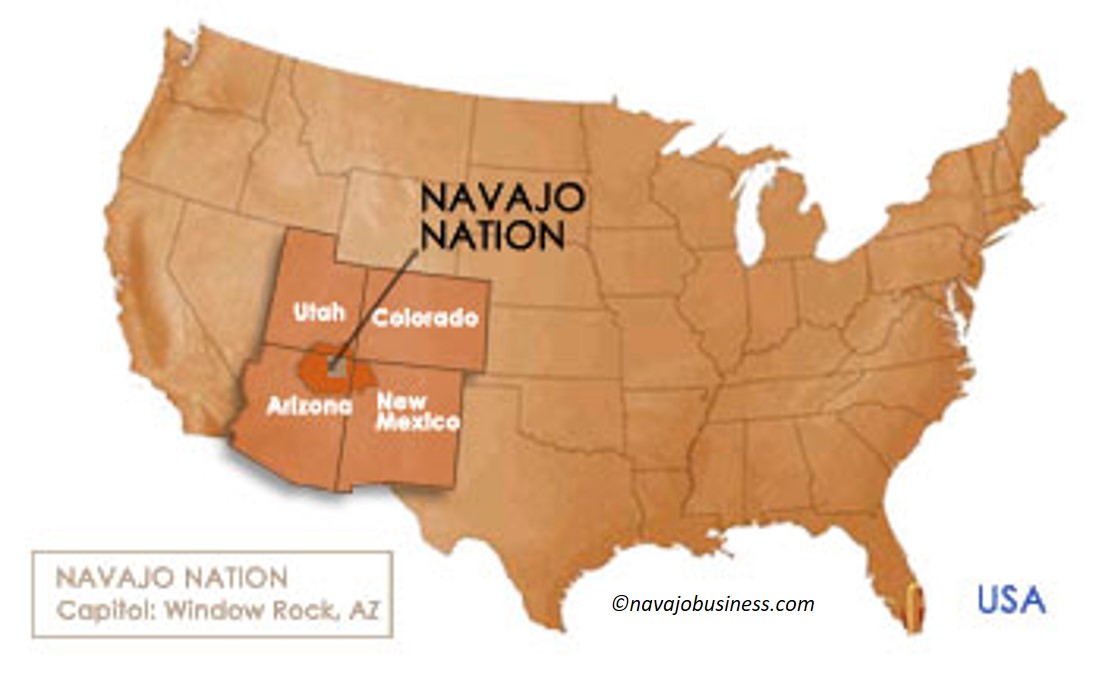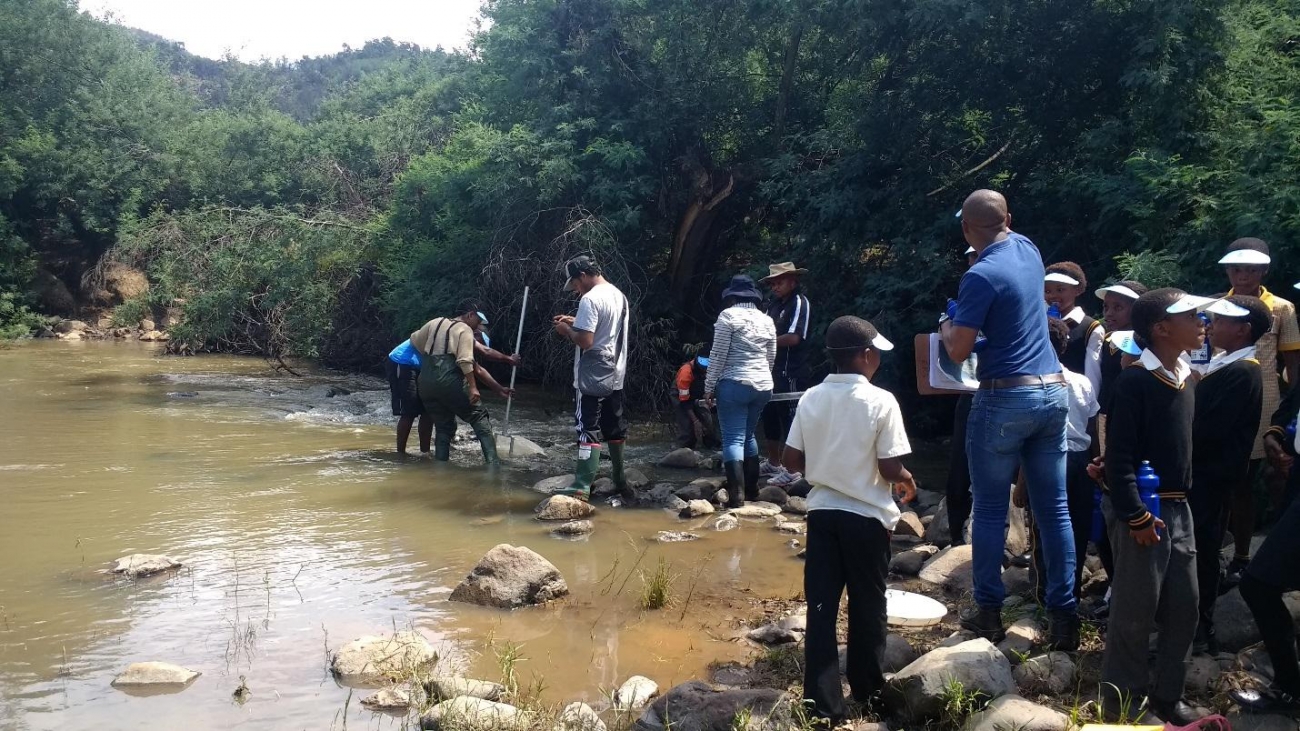I come from the Diné (Navajo) people and live on the Navajo reservation. In my culture, we have a deep respect for water because all life needs water to exist. We also value water because there is so little on the Navajo reservation. The Navajo Nation is in the southwestern part of the US, bordering Arizona, Utah, New Mexico, and Colorado. About one-third of the Navajo population lacks access to running water in their homes. This problem of water scarcity is unfair because the Navajo Nation is right in the middle of one of the richest countries in the world.

My name is Hanson Mike. I am in my senior year of my undergraduate studies at Fort Lewis College. The school is a public liberal arts college that is located in Durango, Colorado, USA. My major is in Environmental Studies which teaches students the natural world and problems that come with it. As a summer intern at Conservation International (CI), I am learning about how the WASH in Watersheds program in South Africa is responding to similar struggles with water. My internship helps selected students gain experience in the real world with tribal nation building, which is learning to build self-governance that is appropriate to ones’ own indigenous tribe and background, and how to solve problems such as food sovereignty, water quality, climate adaptation, and health services.
The Africa Biodiversity Collaborative Group (ABCG) task on Freshwater Conservation and Water, Sanitation, and Hygiene (FW-WASH), led by Conservation International and the Jane Goodall Institute, are working to fix many of these problems by linking water, sanitation, and hygiene (WASH) with the protection of freshwater ecosystems. A big difference between the situation in the ABCG task pilots in South Africa and Uganda and the Navajo reservation is that there are only a few groups like CI advocating for change with how water resources are being used. The ABCG pilots not only built upon others seeking change, but they also developed a methodology for teaching others how to be advocates in order to raise more voices for change.
On the Navajo Nation, there was controversy with freshwater resources and the extraction industry. These freshwater resources are precious because that is the only source of water for the people who live there. A coal company was using the water from an aquifer that our tribe and the Hopi depend on for a coal slurry pipeline. This wasteful use of potable water had inspired my academic career so that I might prevent such things from happening again.

Conservation South Africa (CSA) and Alfred Nzo District Municipality (ANDM) partners show school children how to conduct a river health assessment and see impacts of land uses and invasive species on water resources during national Water Week. Eastern Cape, South Africa. Photo Credit: CI/N. Kwayimani
I have found the examples from Africa that resonate very much with the experiences of my community quite informative, enriching and astounding during my internship. This is because of the socio, economic, environmental and cultural differences of the two regions, which are also miles apart. However, I’m intrigued by the work, particularly the community partnership and participation from the people who live in South Africa. The focus on educating community members about water resources and WASH is also very interesting to me because I have always felt that everyone should know where their water comes from and how to use that water. Those two aspects of the ABCG FW-WASH task jump out to me because on the Navajo Nation, community learning and partnerships are basically nonexistent on a local level.
On June 24, 2021 ABCG launched a Lessons Learned Report that reflects on their experiences during one year of applying a methodology to make changes in policy, planning, or funding for water resources through advocacy. I aim to learn more about the ABCG methodology, their key lessons, and how I can apply it back where I live. By doing that I am sure my community would see positive changes in the landscape and bring some of the ABCG lessons to life in my home.

